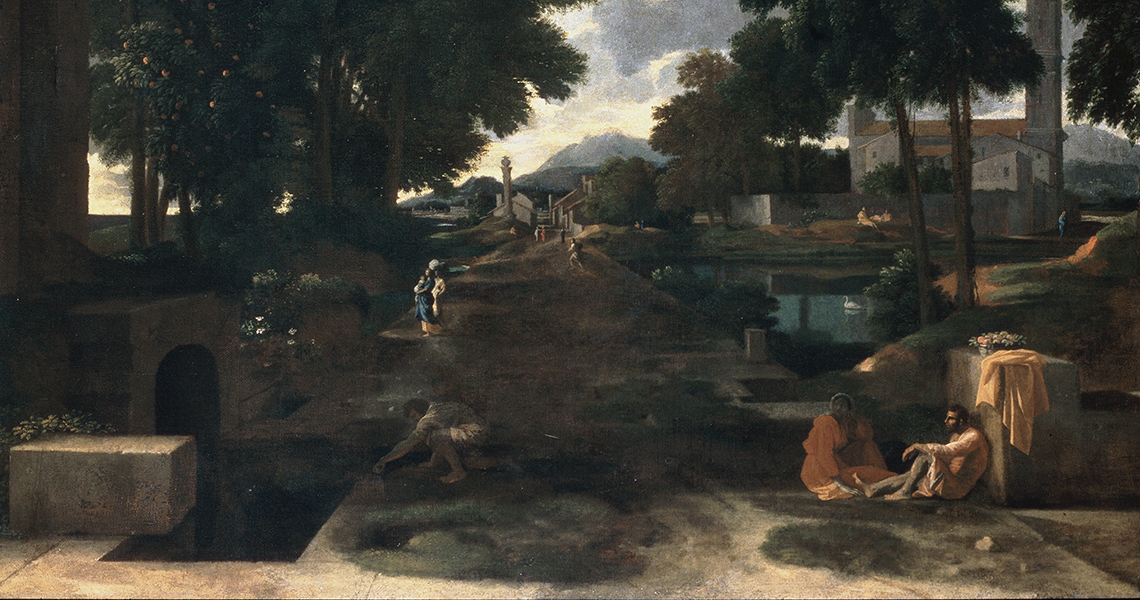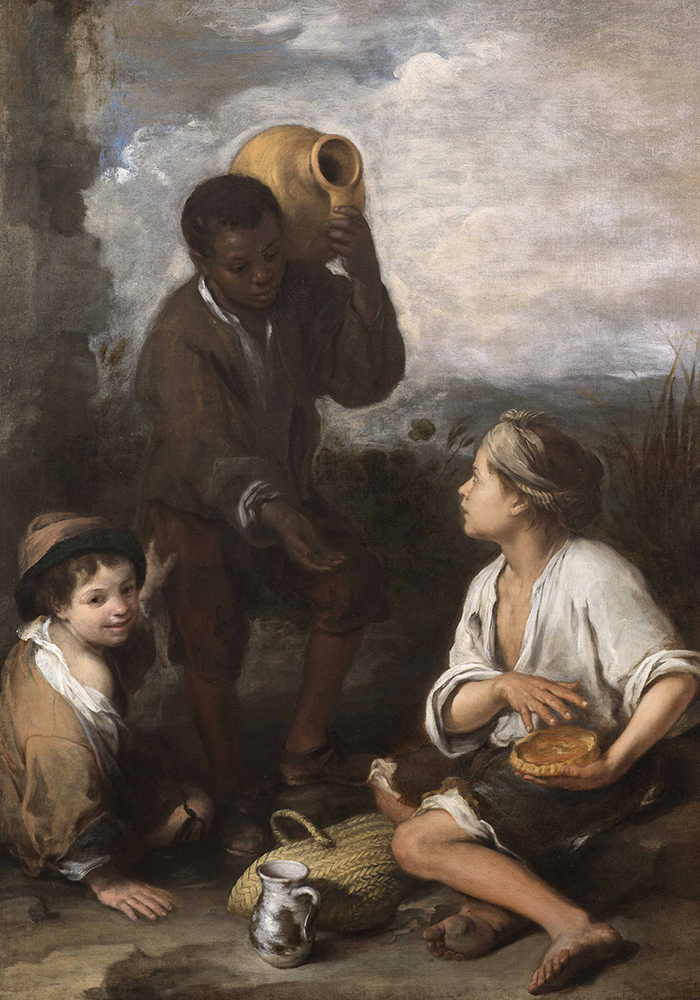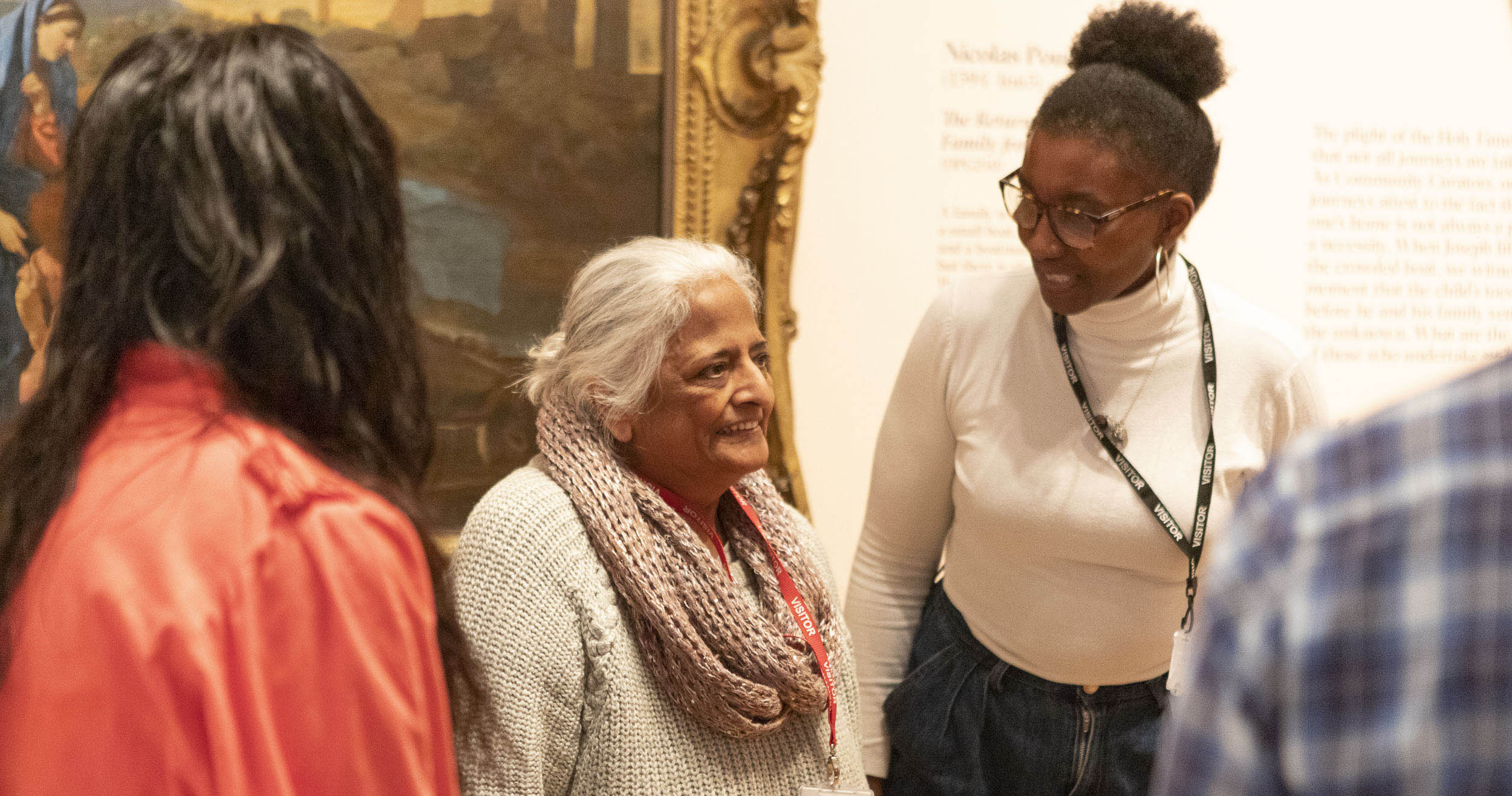Reflecting on Journeys
Premila Trivedi is a Community Curator of our Journeys display. Here, in her own words, she shares her experience of coming to Dulwich Picture Gallery and finding inclusion and inspiration.
Dulwich Picture Gallery – an oasis of calm and tranquillity in the densely populated and diverse inner London borough of Southwark. Art connoisseurs and others travel from all over the world to view its beautiful architecture and collection of Baroque masterpieces. As someone living within a more reverberant locality, I never thought the Gallery was for me – too posh, too white, too upper middle-class – and I'm not really ‘arty’ anyway.
Then, hearing that Dulwich Picture Gallery was planning to run an outreach project themed around journeys and migration specifically for local community members, my ears pricked up. As an Indian, born in South London to a migrant family, I was curious to see how a traditional gallery would use their collection to create something relevant to the current (and often very politically contentious) issue of migration.
So I signed up and entered the space, filled with Old Masters. I joined six local women, diverse in very many ways, yet bound by the common thread of migration which had irrevocably shaped our lives and our varying herstories. What would we find here that we could identify with? Venerated paintings of white, European men, treasured and mounted in extravagant gold frames, signifying their supreme importance to the world.
“It was so exciting to be part of a mainly BAME group at Dulwich Picture Gallery, sharing stories, tears and laughter”
What might we discover that would resonate with our experiences of migration? Journeys we or our families had taken, the hopes and expectations, fear and desperation, resolve and determination that accompanied such journeys. Could Old Master representations of journeys mirror anything of ours? And could we step forward and trust enough to look more deeply, lay aside our assumptions with wider opened eyes? Look beyond difference and, as inevitably happens, find similarities too, resonances with our own experiences.
It was so exciting to be part of a mainly BAME group at Dulwich Picture Gallery, sharing stories, tears and laughter over the weeks, each of us bringing our diverse knowledge, experience and creativity to the project. There was so much to explore and learn – generating a group journey that could portray some of our own personal experiences; a ship leaving home, sailing on an uncertain sea. A long Roman road, resting with fellow travellers to share sustenance and companionship, restoring strength, reviving faith through hazardous journeys, keeping family and loved ones safe. And then arriving, experiencing a new environment that is strange, but where we ourselves are perceived as strange and ‘other’. Struggling to prove our worth, having to overcome suspicion, challenge assumptions and mould our identity in our quest for acceptance.
“Art enabling heartfelt emotion, with commonalities exposed. Surprisingly we came together, a diverse group of modern women and Old White Masters.”

Is that what the Old Master migrants had to do? We see their perfect finished paintings now, knowing little of the struggles they may have had, how challenging their experiences of migration may have been, how hard won their success. Looking more deeply, we could see it, resonances that evoke feelings, memories revealing truths often hidden. Art enabling heartfelt emotion, with commonalities exposed. Surprisingly we came together, a diverse group of modern women and white Old Masters.
For me, Murillo’s painting of The Three Boys – the only work I could see in the Gallery portraying a black figure – touched something deep in me, illustrating some of the issues that may confront us when we reach the end of our migrant journeys and meet with new challenges. How looking for acceptance and social contact in our new environment, we may discover that elements of the ‘host’ community may be anything but hospitable. In the painting, I see a young migrant black boy reaching out to two white boys, overtly asking for some pie but maybe more crucially pleading for some essential human contact. Either way, the White boys seem to respond with rejection and derision. What barriers prevent these children connecting with each other? Can they ever accept and value their differences – and also recognise and acknowledge their similarities? What will enable them to learn from one another so all three benefit from their shared human interaction and relationship? Questions gleaned from a 17th century painting but still very relevant today.
Excited by such discoveries, I grew to love the project, considering migration from a new art-based perspective, with enough time and space to bring our own personal journeys and challenges to the process. With such a brilliant group of local women and Gallery staff, we made a piece of the Gallery our own for a while, showing that true inclusion of local communities involves so much more than simply getting us through the door.
Thank you, Dulwich Picture Gallery for your faith and trust in us.
~
Dulwich Picture Gallery is temporarily closed, but we plan to reopen our Journeys display in the future. To find out more, read an update from our Director.
Journeys is funded by the National Lottery Heritage Fund

Image credits: Premila Trivedi with fellow Community Curators at the Journeys display in January 2020. Photo by Stuart Leech; Nicolas Poussin, Landscape with Travellers Resting, known as A Roman Road (detail), 1648; Bartolomé Estéban Murillo, Three Boys, c. 1670, both from Dulwich Picture Gallery's collection

